Earliest formation of the galaxies revealed by James Webb Telescope
A recent study has revealed the earliest formation of galaxies in the universe, thanks to a stunning discovery by the James Webb Space Telescope.
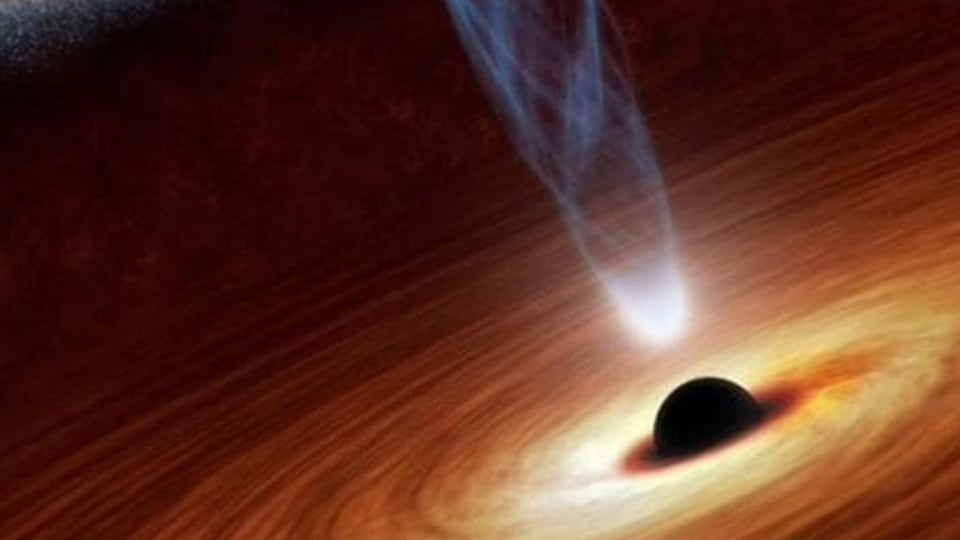

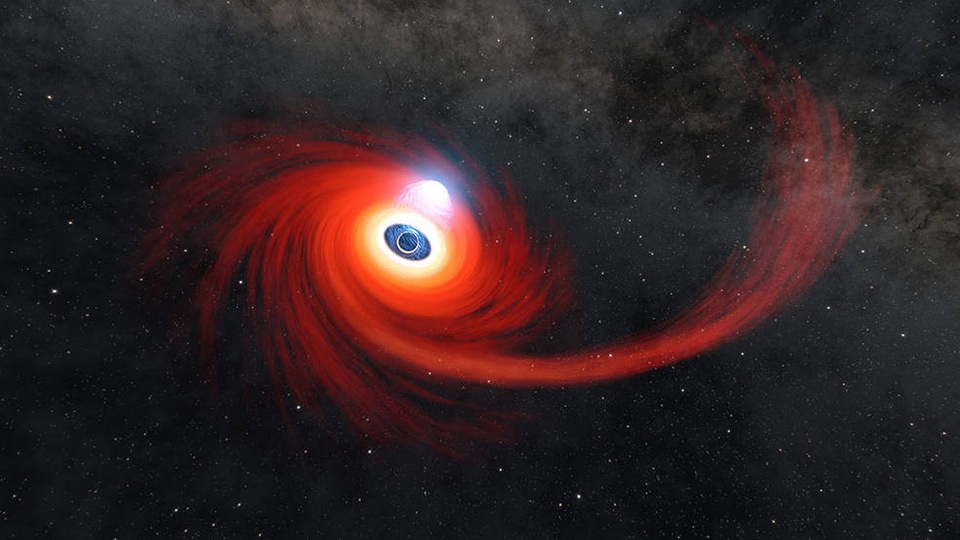
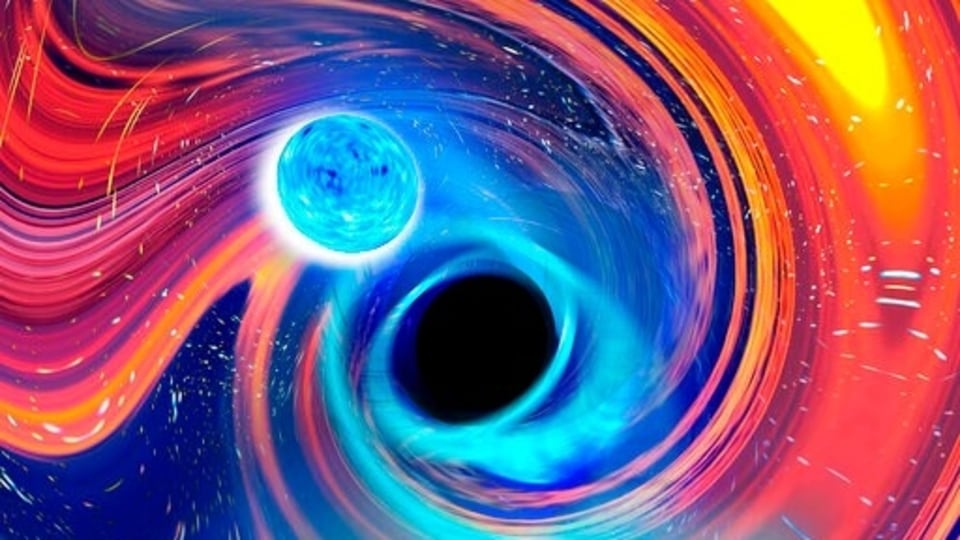
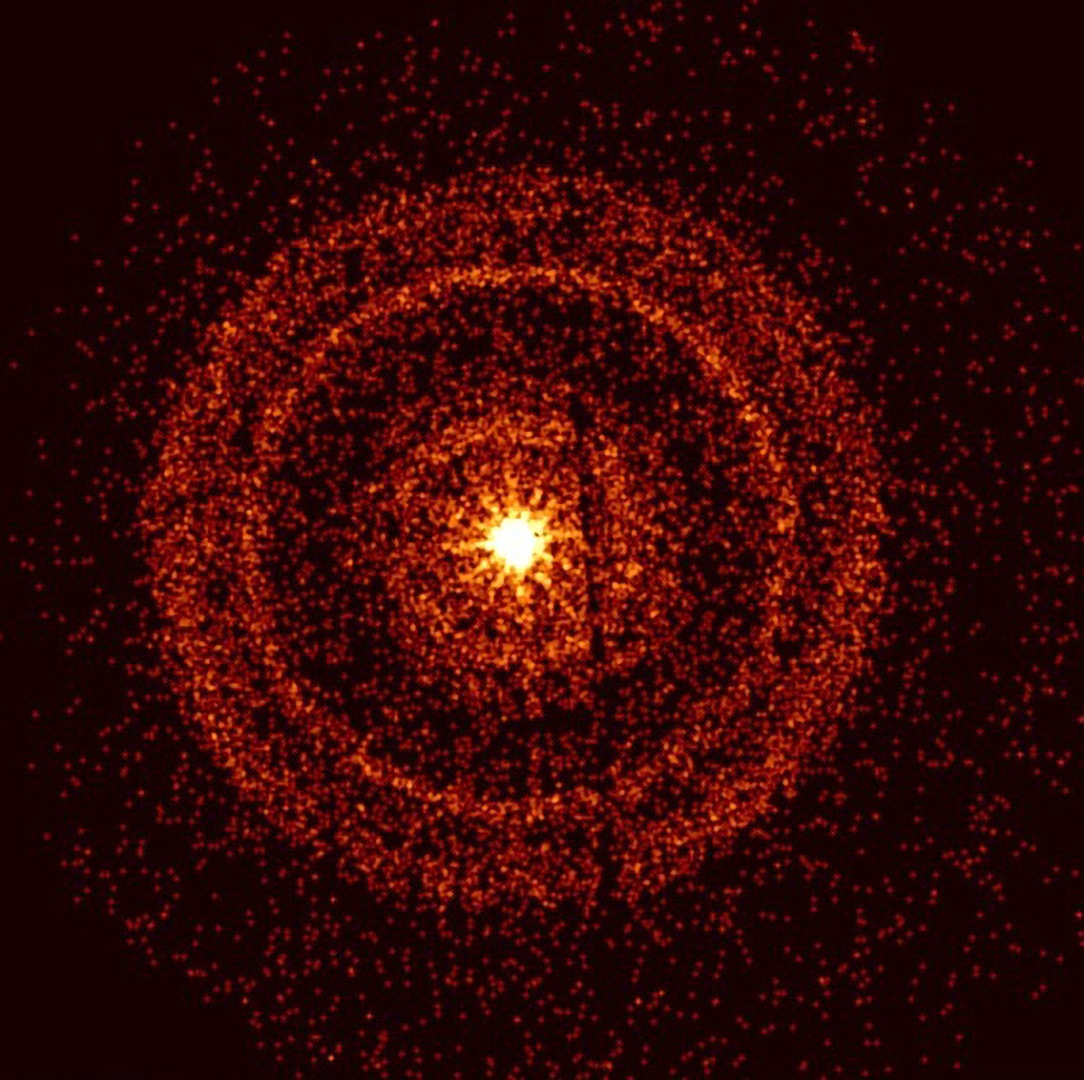
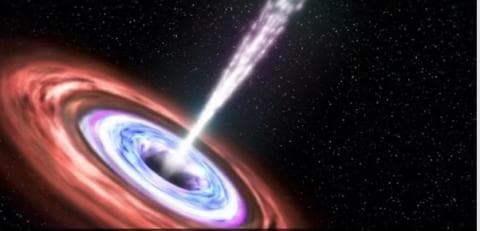
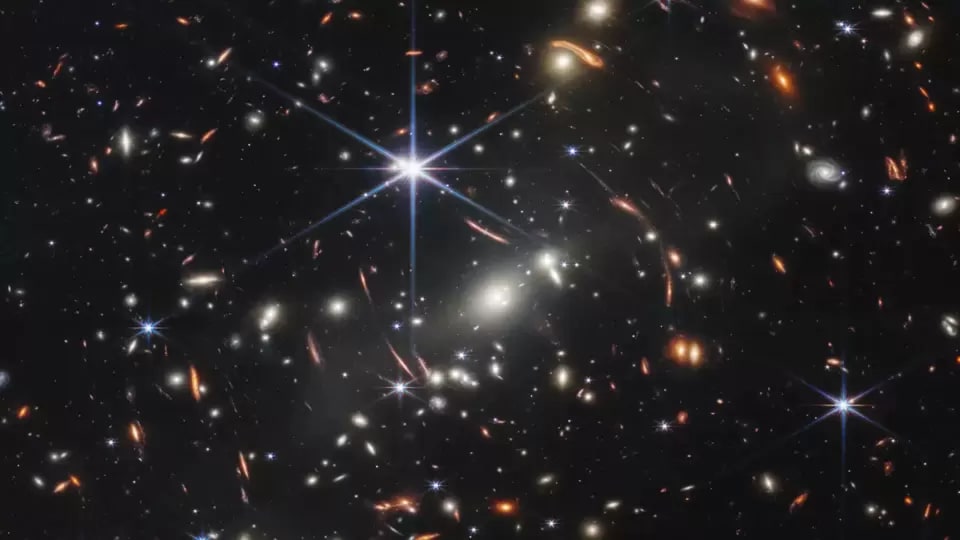
 View all Images
View all ImagesNASA's $10 billion space telescope, the James Webb Space Telescope (JWST), has been capturing breathtaking images of far-off galaxies, star clusters, black holes and more. The space telescope was launched on December 25, 2021, and despite being in service for less than two years, it has added many feathers in its cap. One of the major feats of JWST is capturing galaxy clusters which are located billions of light-years away from Earth.
One of the first images captured by the JWST released in July last year, the Galaxy Cluster SMACS0723 could reveal information about the earliest formation of galaxies, when the universe was less than 1 billion years old, according to a study published in the Monthly Notices of the Royal Astronomical Society. The galaxy cluster is located at a stellar distance of nearly 4.6 billion light-years away, according to a press release published on eurekalert.org.
Scientists take advantage of an effect called Gravitational Lensing which bends light around massive celestial objects to capture objects at even further distances. The study of the image revealed several galaxies in the background, the oldest forming just 680 million years after the Big Bang.
Alongside the galaxies, scientists also found clumps of stars which reveal the earliest stages of the formation of galaxies and give a peek into the past at a time when the first galaxies started forming after the Big Bang. Angela Adamo, an astronomer at Stockholm University in Sweden and one of the lead authors of the study said, “The images from the James Webb Space Telescope show that we can now detect very small structures inside very distant galaxies and that we can see these clumps in many of these galaxies. The telescope is a game-changer for the entire field of research and helps us understand how galaxies form and evolve.”
About Galaxy Clusters
Most galaxies exist in groups or clusters with dozens or hundreds of members, and these cluster galaxies are all in constant motion, pulled and twisted by their neighbour's gravity. Galaxy clusters are the largest objects in the Universe bound by gravity and astronomers can use them to measure important cosmological properties, according to NASA.
Catch all the Latest Tech News, Mobile News, Laptop News, Gaming news, Wearables News , How To News, also keep up with us on Whatsapp channel,Twitter, Facebook, Google News, and Instagram. For our latest videos, subscribe to our YouTube channel.
































